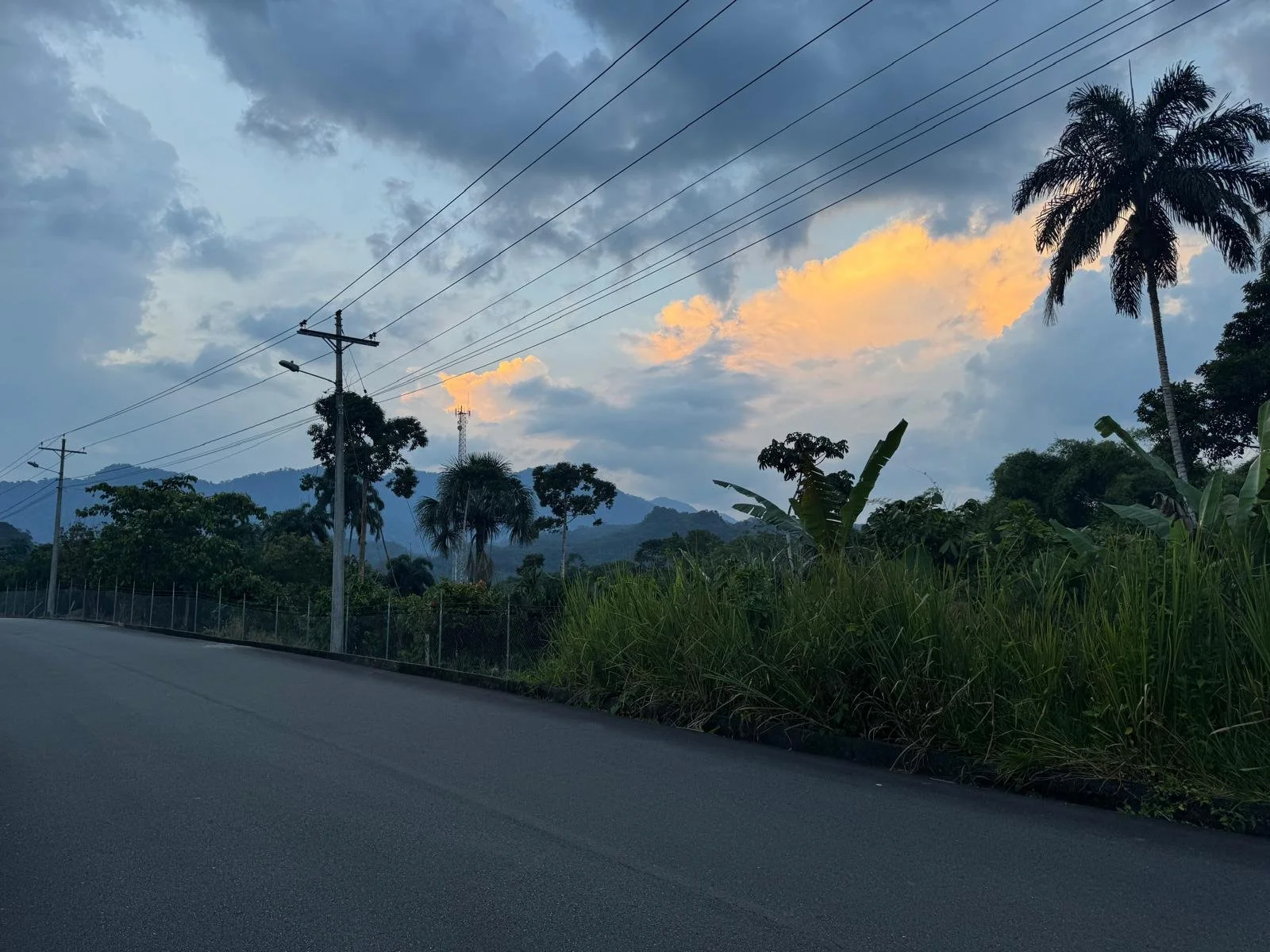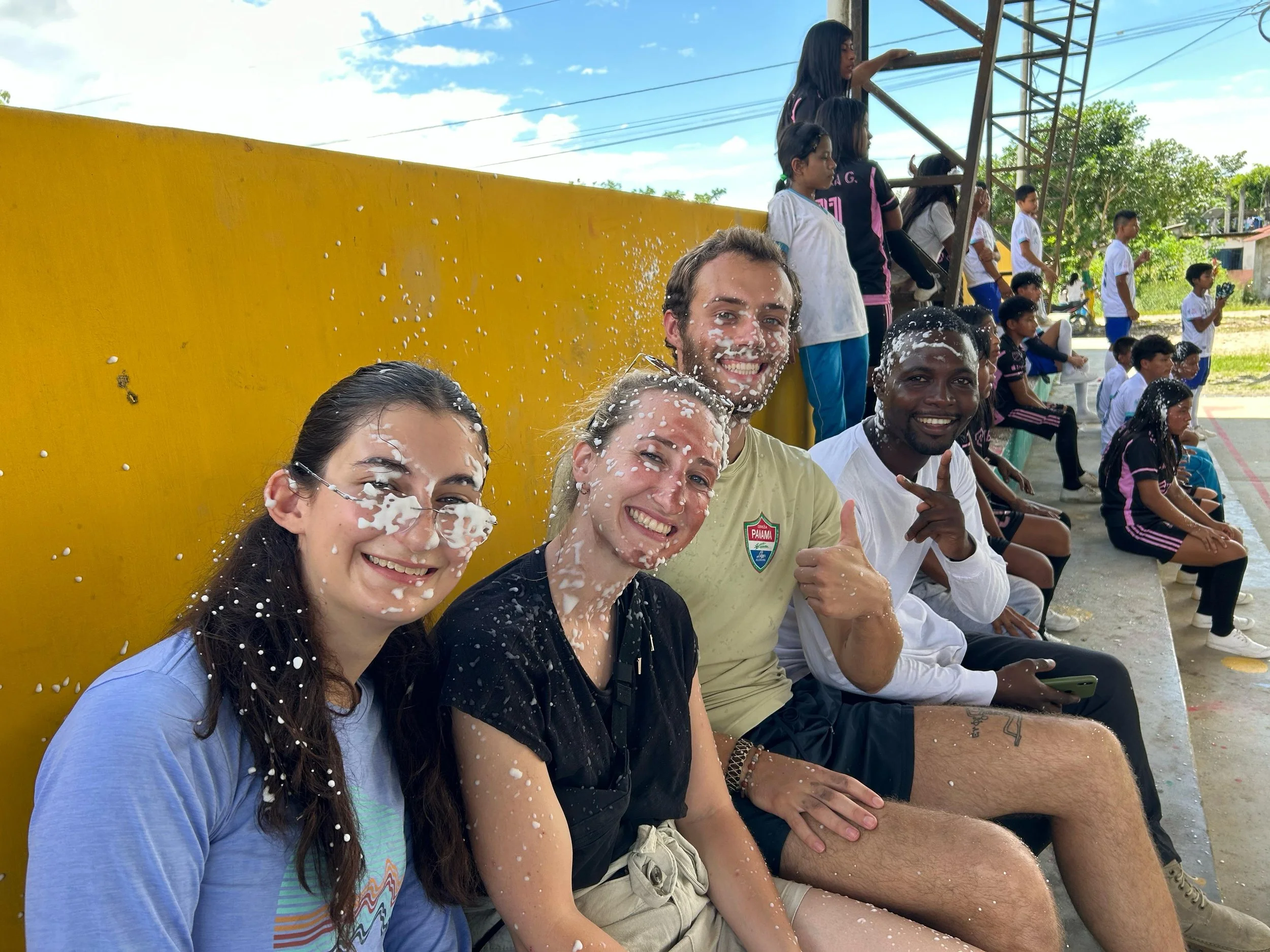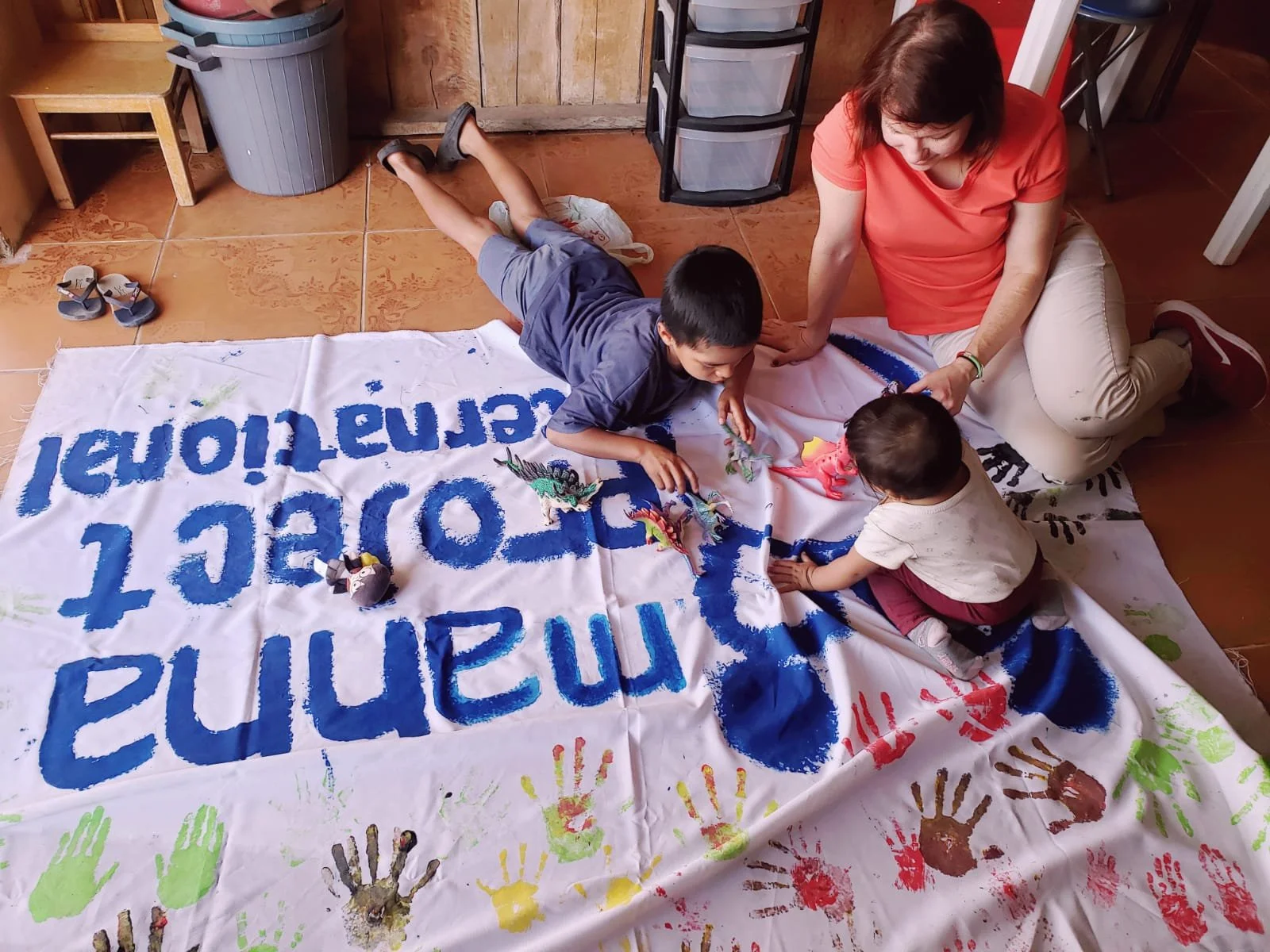 |
| Me with our nutrition class on a field trip to Añamisi, our partner agricultural organization, in January. |
Nutrition gets underway full force at Aliñambi
Hello blog-readers! Thank you for coming back to us after our break for the holidays. Most of us traveled back to the U.S. to visit our respective hometowns for Christmas and New Year’s Eve. While the three-week break was much enjoyed by all, we are excited to be back to work.
Manna Manna, How Does Your Garden Grow?

Hey everyone! My name is Becky and I’m excited to be a part of the 2010-2011 MPI Program Director team in Ecuador. I’m from Dallas, TX, but travelled to Nashville, TN to attend Vanderbilt University where I studied Human and Organization Development with a focus on international community development. After this year, I plan to return to Vanderbilt and begin my Master’s in Accountancy, after which I hope to continue working with non-profits.
One of the programs that I am working on is our nutrition program, along with Brock, Luke, Zoë, and Noel. Last year, we began working with an elementary school called Aliñambi that is very close to our Centro. We have created a curriculum that includes giving informational talks or charlas, growing fruits and vegetables in the garden, and cooking healthy dishes in the kitchen. While the actual class does not begin until January, this past week, we have begun preparing the garden, so that we can begin planting our crops to eventually be used in our cooking class.
Recently, we have been meeting with the school and Juan Carlos, the teacher whom we will be working closely with. We went over some of the specifics of the course and how it needs to change from last year. One change is that we want our classes to be more consistent with what Juan Carlos is teaching in his natural science class. We will also be working with a local Ecuadorian in the kitchen to make sure that the recipes we make contain ingredients and use cooking methods that the students have access to.
Also, last year, Aliñambi gave us a very small plot of land with poor quality soil. Nothing grew in the space, which made the gardening part of the program unsuccessful. This year though, we have been given a huge plot of land measuring about 90ft by 15ft. When we began, the plot was completely covered with weeds and rogue crops from previous years. For the past week, we have been going to Aliñambe in the mornings to weed the area and to prepare the garden in order to present the space to the 6th grade class. Now that we are seeing the garden come together, we are really excited about starting the nutrition program in January.









